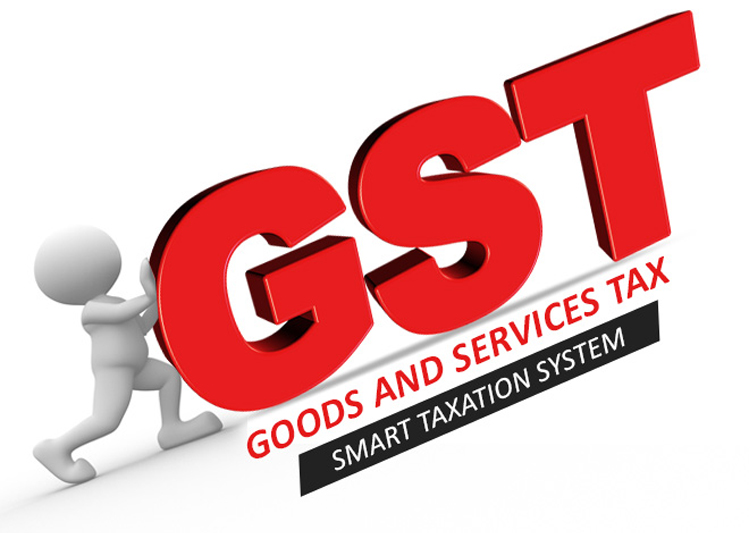GST: A Game-Changer for India’s Economy
The Goods and Services Tax (GST) is a significant indirect tax reform implemented in India on July 1, 2017. It replaced a plethora of indirect taxes levied by the central and state governments, streamlining the tax system and promoting a unified market across the country.
Understanding GST:
GST is a destination-based tax, meaning the tax is levied on the final consumption of goods and services within a state. It is a multi-stage tax, collected at each stage of the supply chain, with input tax credits (ITC) available to businesses to avoid double taxation. This mechanism ensures that only the value-added at each stage is taxed.
Key Features of GST:
- Dual Structure: GST is a dual structure tax, with a Central GST (CGST) levied by the central government and a State GST (SGST) levied by the state governments. In addition, an Integrated GST (IGST) is levied on interstate trade and import of goods and services.
- Rate Structure: GST has a multi-tiered rate structure, with different rates applicable to various goods and services. The rates range from 0% to 28%, with essential items taxed at lower rates or exempt.
- Input Tax Credit: One of the most significant features of GST is the input tax credit (ITC). Businesses can claim ITC against the CGST, SGST, or IGST paid on purchases of goods and services used for business purposes. This helps to reduce the overall tax burden on businesses.
- Composition Scheme: A simplified scheme called the composition scheme is available for small businesses with an annual turnover below a certain threshold. Under this scheme, businesses pay a fixed percentage of their turnover as GST.
Benefits of GST:
The implementation of GST has brought several benefits to the Indian economy:
- Simplified Tax System: GST replaced a complex and fragmented tax system, reducing compliance costs for businesses and improving ease of doing business.
- Unified Market: GST has created a unified market across India, eliminating the barriers to interstate trade and promoting a more competitive environment.
- Increased Revenue: GST has led to an increase in government revenue due to better tax compliance and reduced tax evasion.
- Reduced Corruption: The implementation of GST has reduced corruption and black money in the economy.
- Improved Efficiency: GST has improved the efficiency of the supply chain by reducing the time and costs associated with tax compliance.
Challenges and Way Forward:
Despite its numerous benefits, GST has faced some challenges, including:
- Complexity: The initial implementation of GST was complex, leading to confusion and difficulties for businesses.
- IT Challenges: The transition to a new IT system for GST implementation was challenging for some businesses and government departments.
- Rate Structure: The multi-tiered rate structure of GST has been criticized for its complexity and potential for unintended consequences.
To address these challenges and further improve the GST system, the government has taken several steps, including:
- Simplification: The government has taken measures to simplify the GST system, such as reducing the number of tax rates and introducing simplified procedures.
- IT Improvements: The government has invested in improving the IT infrastructure for GST, making it easier for businesses to comply with the tax.
- Feedback Mechanism: The government has established a feedback mechanism to gather feedback from businesses and stakeholders on the GST system.
In conclusion, GST has been a significant reform for the Indian economy, streamlining the tax system, promoting a unified market, and increasing government revenue. While there have been challenges, the government’s efforts to address these issues and improve the system have been positive. As India continues to grow and develop, GST is likely to play an increasingly important role in shaping the country’s economic landscape.


